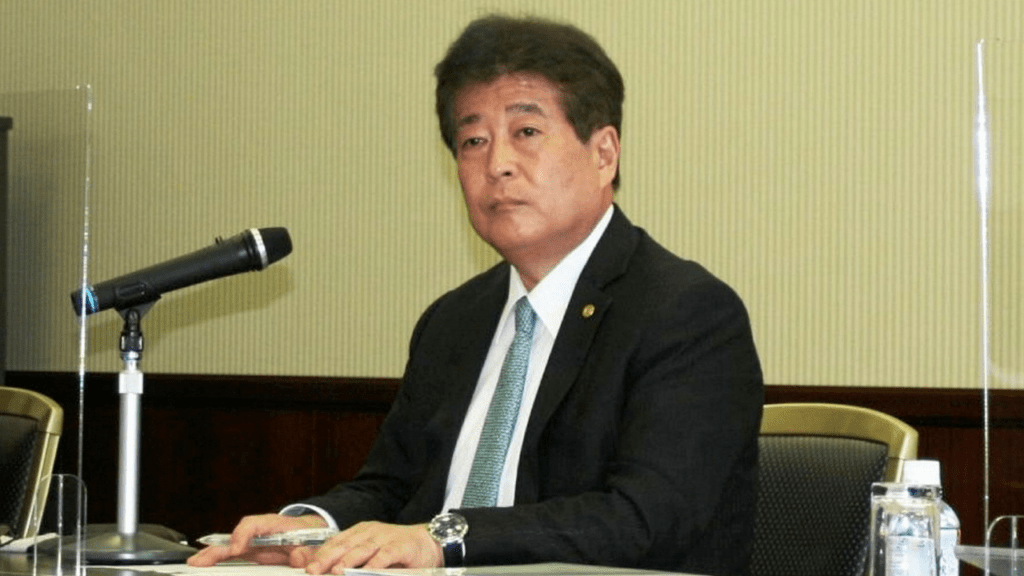Japan is aiming to double its shipbuilding output by 2030, seeking to reverse decades of decline in an industry once central to its industrial might. A proposal submitted by the ruling Liberal Democratic Party urges the establishment of a national shipyard, the revival of idle facilities, and targeted investment incentives—all part of a wider maritime industrial strategy.
During its peak in the 1990s, Japan commanded nearly half of global shipbuilding output. Today, that share has shrunk to about 10%, dwarfed by China’s 70% dominance in newbuilds and 90% in ship repair. South Korea continues to be a formidable regional rival, further intensifying price competition.
Industry leadership and strategic goals
Amid the downturn, the appointment of Yukito Higaki, president of Imabari Shipbuilding, as chairman of the Japan Shipbuilding Industry Association signals a new direction. As the first chairman from a purely commercial yard, Higaki brings a market-focused approach.

“To become a price leader who has the power to control pricing, we must at least achieve a 20% global market share by 2030,” Higaki said during a press briefing.
Japan-US maritime alliance
Higaki also expressed readiness to work with the U.S. on bolstering allied shipbuilding capacity. Tokyo and Washington are discussing a joint Japan-US Shipbuilding Revitalization Fund to finance car carriers, LNG vessels, and ice-class ships. This partnership seeks to reduce reliance on China and strengthen maritime security.
Urgency and policy backing
The 2022 Economic Security Promotion Act provides a legal foundation for Tokyo to offer direct support to critical industries like shipbuilding. Still, the clock is ticking. Danish Ship Finance warns that without substantial new orders, Japan’s average yard utilization could plunge to just 20% by 2027, risking job losses and the erosion of vital expertise.

